OK Steel Buildings are a popular option for homes, warehouses, and other commercial facilities. They are durable, affordable, and easy to erect.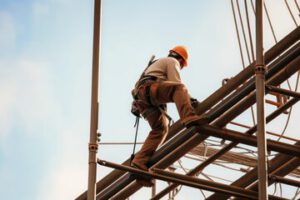
Off-site fabrication allows for greater rationalization of building sections, saving material and reducing construction time. These savings are passed on to the client through reduced construction costs.
Metal structures are also resistant to mold, mildew, and rot and won’t warp or twist over time.
Steel is one of the strongest building materials available, and it’s also highly versatile. It can be molded into nearly any design, making it ideal for both residential and commercial construction. It’s also fire-resistant and less vulnerable to pests than wood, which means that it can withstand natural disasters.
If you want to build a metal structure, it’s important to understand the strength of your location and how the building will be used. For example, you’ll want to consider the wind speed and how your steel building will be anchored. If you live in a coastal area, you’ll need to make sure your steel building is made of high-quality material that will resist corrosion and erosion. You’ll also want to consider the tensile strength of your steel structure, which is an important factor in determining its durability.
Once you have a good understanding of the strength of your steel building, it’s time to start planning your project. During this stage, you’ll need to draw the structure of your building and determine its size. This will help you determine the type of structure you want, such as a single-span or multi-span rigid frame. You’ll also need to decide what type of foundation you want your building to sit on, such as concrete piers or footings.
Steel buildings are very easy to maintain. They require a lot less maintenance than other types of structures and can last longer than traditional buildings. However, they do need to be inspected and maintained regularly. This will keep them in good condition and ensure that they’re able to withstand natural disasters.
Durability
Steel buildings are some of the most durable structures on the market. They can withstand extreme weather conditions and are fireproof. They also resist corrosion due to the inclusion of chromium in their construction. Steel can be constructed using either cold-formed or welded methods. Cold-formed steel is created by stretching and shaping it, while welded construction involves welding two pieces of metal together to create a stronger, more stable building. Steel buildings are also more flexible than other types of building materials. They can withstand high winds and heavy snow without damaging the structure or foundation. Additionally, steel is less likely to be damaged by lightning than other types of buildings because it can bend and absorb the energy of the strike.
A steel building’s durability can be further enhanced by regular maintenance. It is important to inspect the structure for damage caused by harsh weather and other incidents. This is particularly important after severe storms, as metal buildings can be vulnerable to hail damage and other forms of debris. If any repairs are needed, they should be made promptly. Additionally, it is important to regularly wash a steel building and keep it free of dirt and other contaminants. This will help prevent rust and extend the life of the building.
Regular maintenance can also save money in the long run. For example, keeping the gutters clean can prevent clogs and ensure that water is being properly directed away from the building. It is also a good idea to trim any trees and bushes surrounding the building. Overgrown plants can block airflow, which can lead to mold and other unhealthy fungal growth. In addition, hedges that are closer than a foot from the side of a building can exert pressure on the structure and stress the foundation and positioning of its walls.
Cost
Steel buildings are relatively affordable when compared to other construction methods. They are also highly customizable and easy to maintain. However, they can vary in price depending on the size and design of your building as well as the customization options that you choose. In addition, the type of foundation and type of structure will impact the final cost of your metal building. You should consult with a premier manufacturer to help you design your building and ensure that it is compliant with the International Building Code.
When choosing a steel building, you should consider your specific needs and budget. For example, a simple 40×60 auto shop is much cheaper to build than a more complex building, such as a whiskey distillery. In addition, you should consider whether your building will require a crane system and other equipment. If so, this will increase your cost per square foot.
A good steel building contractor will be able to give you an estimate of the cost and timeframe for your project. They will also be able to provide a complete breakdown of all costs associated with the project. They will also make sure that you are aware of all applicable local codes and requirements for your building site.
Finally, it is important to get a building permit before beginning the construction process. Failure to do so can result in hefty fines and penalties. Moreover, building permits can also help you save money on insurance and other related expenses.
While many people assume that the size of the building determines its cost, this is not true. In fact, a bigger building is usually less expensive than a smaller one because the amount of steel used in the spans is reduced. However, a bigger building requires more anchors and can be difficult to transport.
Flexibility
Steel buildings are the most versatile building solutions on the market. They are durable, energy efficient, and can be easily customized to fit your specific needs. The best part is that they require very little maintenance. However, it is important to perform regular inspections to ensure the integrity of your building.
A regular maintenance plan will help keep your building in good condition for years to come. This plan should include a detailed inspection every six months and during extreme weather conditions like stormy winds and increased rainfall.
Regular cleaning and inspections will also reduce the amount of debris that accumulates in your building. This will prevent mold and rust from forming and can help extend the life of your steel building. It is also a good idea to keep a maintenance checklist on hand. This will help you remember when to conduct your maintenance tasks and ensure that all necessary steps are taken.
Many prefabricated metal buildings are designed to withstand high winds, heavy snow loads, and lightning. They can also accommodate various crane systems like monorail, gantry, and jib without jeopardizing the stability of the structure. Additionally, these structures can be fitted with insulated panels and fire-rated walls to meet the requirements of your business.
The clear-span capabilities of steel buildings also allow for more design flexibility than traditional buildings. This flexibility allows you to create an interior space that is perfect for your business. It is also possible to add an expansion later on without having to worry about moving a load-bearing wall that could damage your building. This design flexibility makes steel buildings the ideal choice for commercial operations, which typically require open and unobstructed spaces.
Sustainability
A steel building is a green choice for a new office, garage, or warehouse. It is fire-resistant, immune to wood rot, and less vulnerable to pests. It also has a low carbon footprint when constructed. In addition, it can be designed to meet resiliency requirements in the event of a disaster.
A light-gauge steel building uses much less energy than traditional buildings for heating and cooling. This is because of the insulating effect of the steel, which allows it to retain heat in winter and reflect solar heat in summer. This reduces the need for energy usage and makes the buildings more efficient.
In addition, light-gauge steel buildings can be constructed onsite or offsite. Construction offsite reduces labor costs and eliminates site waste, which is a significant contributor to the embodied energy of a building. Also, the manufacturing process for steel can be made carbon-free by using renewable, recycled, or less carbon-intensive fuels.
Another way that light-gauge steel is sustainable is that it is 100% recyclable. It can be recycled and repurposed without losing its physical or chemical properties, and it requires very little energy to recycle. In fact, it is the world’s most recycled material. Additionally, its magnetic properties simplify recycling by making it easy to separate waste with magnetic cranes.
Despite the sustainability of steel structures, it is important to maintain your metal building regularly. If you neglect your structure, it may not be as functional as before, and it can even be unsafe to use. Regular maintenance includes inspections, cleaning, and repair work. Ensure that there is no clutter and debris left behind and that ladders, tools, and other equipment are stored properly. Leaving equipment out will result in unnecessary strain on the steel building and could cause damage to the roof and walls. It is also recommended to clean the steel building once a year. This will prevent dirt buildup, which can contribute to mold and other harmful substances.
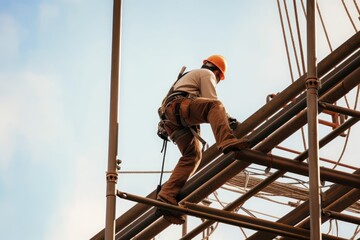
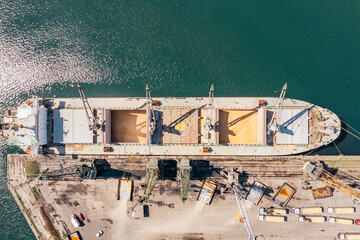
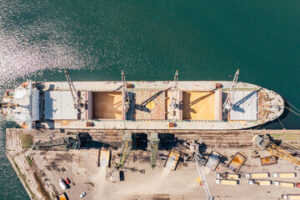 When designing a boat dock, consider the desired functionality, features and materials to maximize the use of your waterfront property. You’ll also want to consider environmental factors such as the surrounding water and wind conditions.
When designing a boat dock, consider the desired functionality, features and materials to maximize the use of your waterfront property. You’ll also want to consider environmental factors such as the surrounding water and wind conditions.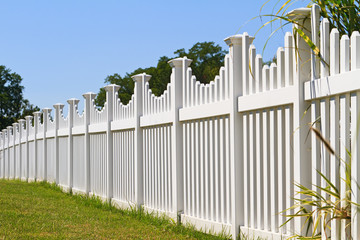
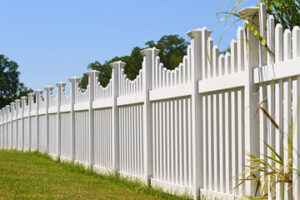 You might consider installing a vinyl fence if you’re in the market for a new wall. But what exactly is the vinyl fence? This synthetic material is made from plastics, including recycled plastics. Sometimes, the plastics are combined to give them more strength and UV stability. It’s also known as PVC or vinyl fence. Here are some benefits and disadvantages of vinyl fences. Read on to learn more about this versatile material.
You might consider installing a vinyl fence if you’re in the market for a new wall. But what exactly is the vinyl fence? This synthetic material is made from plastics, including recycled plastics. Sometimes, the plastics are combined to give them more strength and UV stability. It’s also known as PVC or vinyl fence. Here are some benefits and disadvantages of vinyl fences. Read on to learn more about this versatile material.